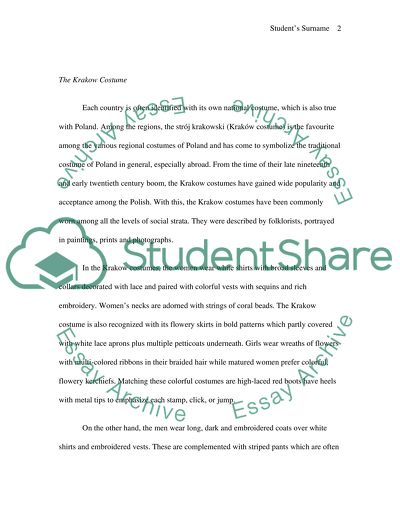Cite this document
(Polish Costumes Assignment Example | Topics and Well Written Essays - 2000 words, n.d.)
Polish Costumes Assignment Example | Topics and Well Written Essays - 2000 words. https://studentshare.org/culture/1523512-polish-costumes
Polish Costumes Assignment Example | Topics and Well Written Essays - 2000 words. https://studentshare.org/culture/1523512-polish-costumes
(Polish Costumes Assignment Example | Topics and Well Written Essays - 2000 Words)
Polish Costumes Assignment Example | Topics and Well Written Essays - 2000 Words. https://studentshare.org/culture/1523512-polish-costumes.
Polish Costumes Assignment Example | Topics and Well Written Essays - 2000 Words. https://studentshare.org/culture/1523512-polish-costumes.
“Polish Costumes Assignment Example | Topics and Well Written Essays - 2000 Words”. https://studentshare.org/culture/1523512-polish-costumes.


